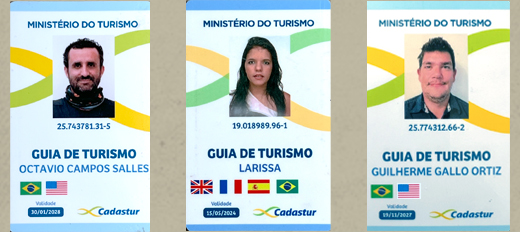
One of the most common questions of anyone travelling to Patagonia is what clothing to take? How cold or windy can it be? On this blog post I intend to cover some situations and give you some clothing ideas.
Most of our Puma trips are done during the Fall or Spring, when the weather is quite difficult to forecast. Most days are in the 5º to 12º C (41º to 53º F) range, with some days being a bit colder. What worries more though is not the temperatures per se, which as you can see is not THAT cold, but the wind, which can be very strong at times and makes the temperature much colder, specially to any exposed parts. And to make things more complicated weather in these southernly lattitudes change very fast, which requires you to dress in layers, so you can take off or add layers as necessary. During the Winter temperatures often range from -3º to 5º C (26º to 41º F), but winds tend to be calm or light during this time of the year. So here is what I use and recommend, more or less organized from top to bottom:
- Warm wooly or fleece hat/beanie. This must have ear protection from the wind. I also carry attached to my backpack a baseball cap, for when it’s warm and sunny.
- Sunglasses, good to have a pair on you or at least in your backpack.
- Fleece neck gaiter. This is useful to protect your neck, but it can also be positioned on your forehead to protect your ears.
- The base layer has to be warm, but not excessively warm. I like light to midweight long-sleeved breathable base layer, in direct contat with the skin.
- The 2nd layer can be a fleece sweater. On warm windless days you may be able to take it off and just go with a light jacket over the base layer, but normally both the base and this second layer stay on all the time.
- The 3rd layer can be a light to midweight wind and rain resistant jacket. It’s best if it has a hood as well.
- A 4th layer is necessary on colder days and during the Winter. This can be a heavier down jacket and it can be used in place of the 3rd layer as well.
- Gloves are very important and they must be of good quality, warm yet light enough to work with cameras. Because I’m often removing my gloves to work with anything that requires more precisison, I have a small climbing carabiner fixed to my pant’s belt ring which I can attach my gloves when not in use.
- For trousers usually you have to use a warmer base layer, but again not excessively warm. This base layer can be left off on warm days.
- For main trousers I like jeans as the vegetation in Patagonia is full of spines and jeans can deter them a little. But the weather has to be dry to use them, otherwise a better option is waterproof trousers. Consider heavier insulated trousers for Winter trips.
- Socks must be of very good quality, prefer warm socks for Winter trips. Some people also like to use packs of foot warmers inside their boots.
- Boots must be comfortable and water resistant. It’s very important to use boots with ankle support, as the terrain is often with small rocks and crevices which could cause an ankle torsion injury.











